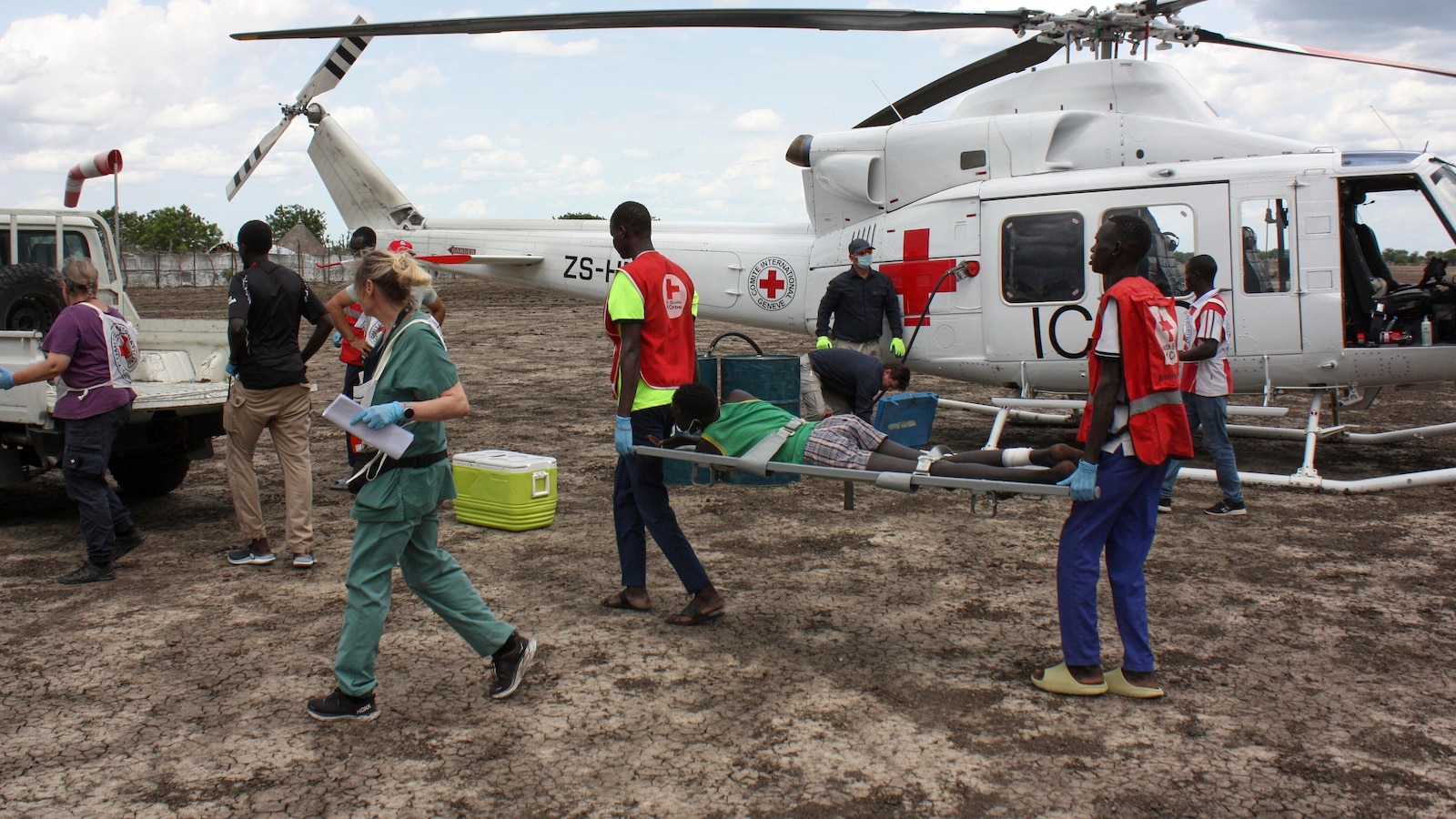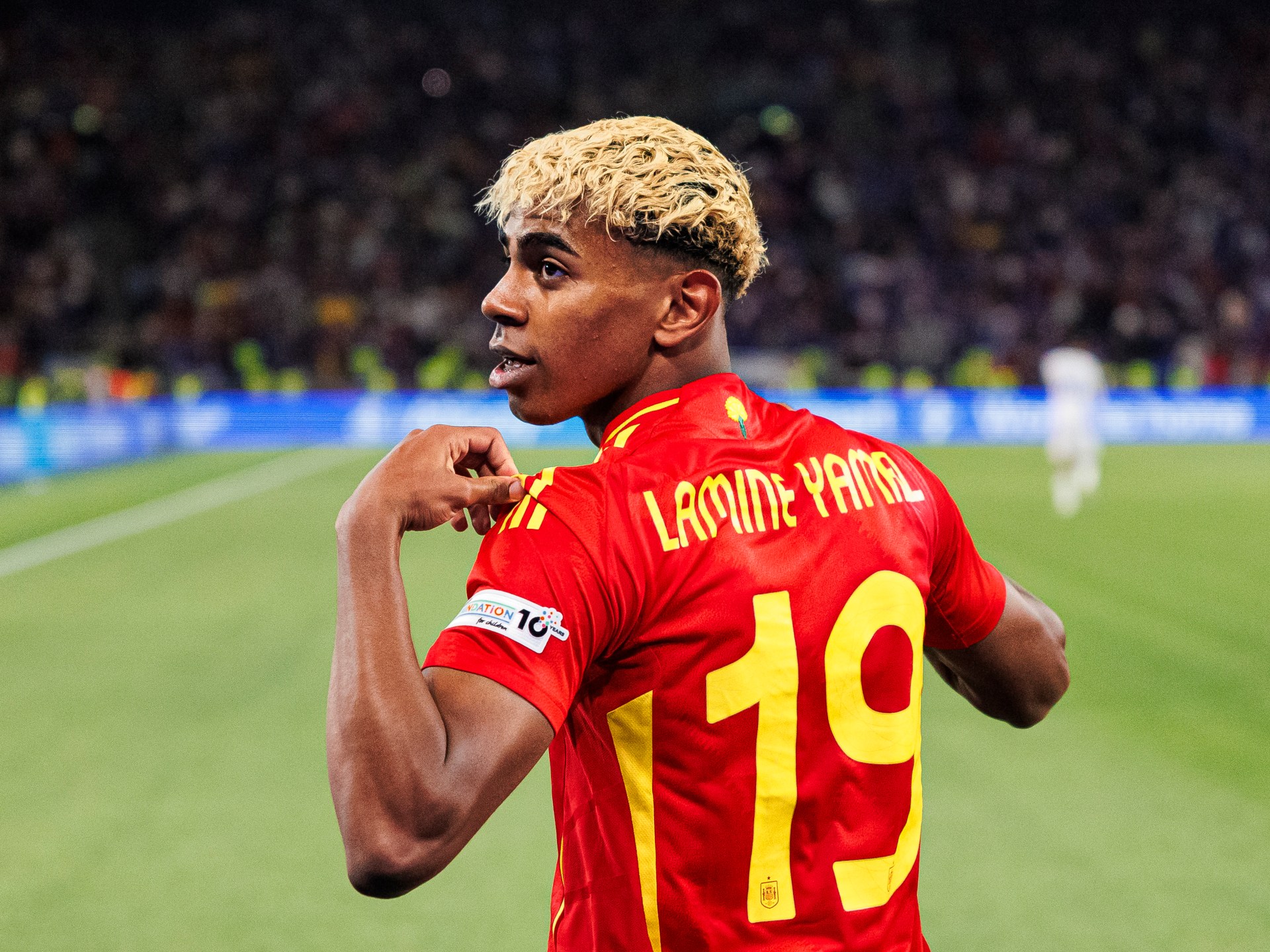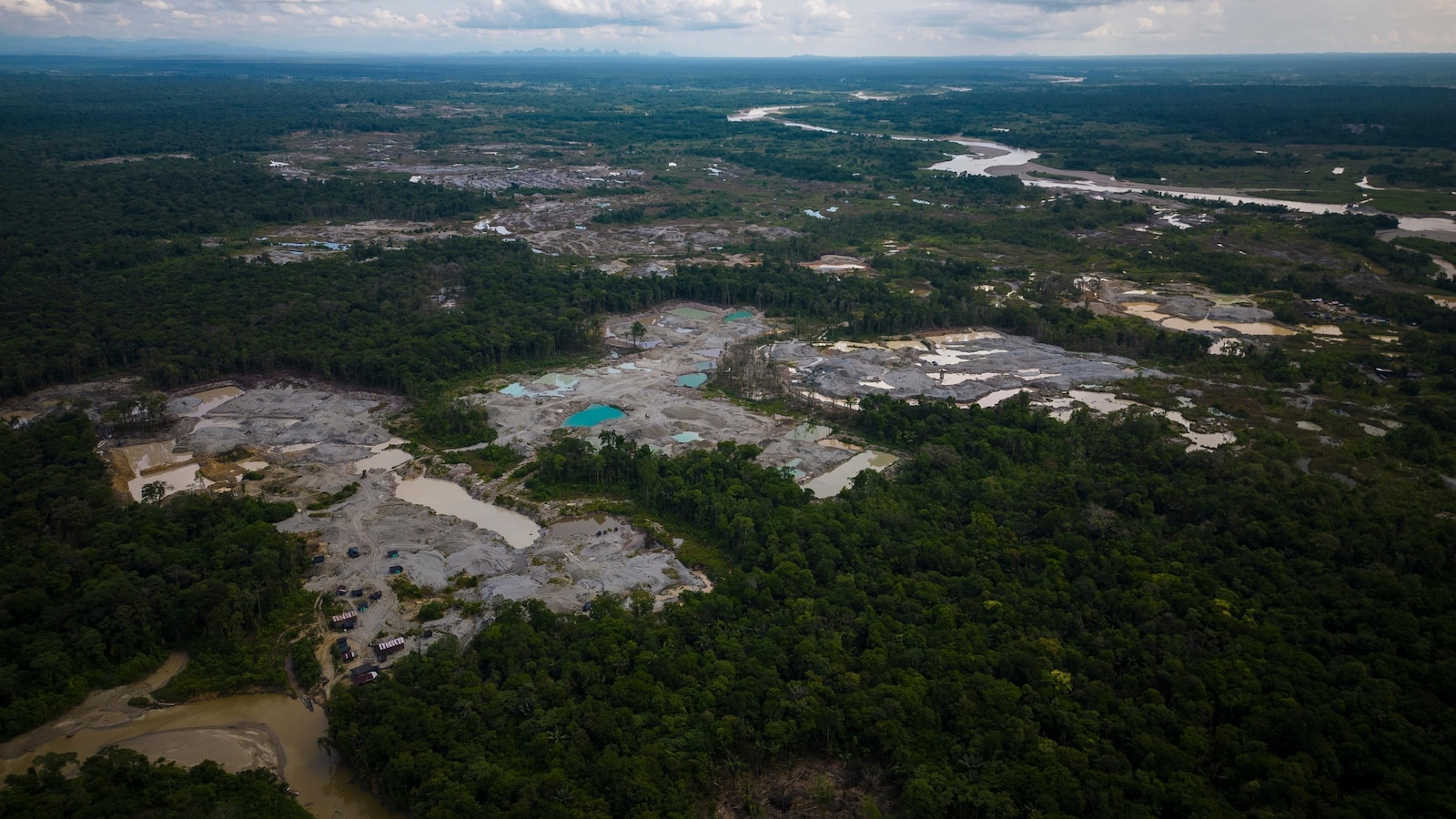BRUSSELS — The war in Ukraine and the existential threat that Russia poses to European security has dominated NATO’s agenda in each of the summits the military alliance has held since Moscow launched its invasion in 2022.
President Volodymyr Zelenskyy has sat at the head of NATO’s table and been uniformly praised for his leadership. Ukraine’s place within the ranks of the world’s biggest military organization seemed assured once the war was over.
But three weeks before U.S. President Donald Trump and his NATO counterparts gather in the Netherlands, it remained unclear whether Zelenskyy would even get a seat, or how much support Ukraine might win in the final summit communique.
Asked on Wednesday about Ukraine’s role at the top-level meeting on June 24-25 in The Hague, NATO Secretary-General Mark Rutte said only that it “will be discussed and on the agenda.”
Ahead of previous summits, NATO envoys have a labored to craft statements that encompass Ukraine’s “irreversible path to membership,” with enduring pledges of support, while insisting that Russia poses the greatest threat to NATO security.
Asked whether Zelenskyy would be invited this time, Rutte said that the meeting program would be available soon. A NATO-Ukraine Council -– standard fare at recent summits -– will not be held, so it’s unclear how he would take part if he was.
Invited to comment on Ukraine’s covert weekend drone attack in Russia -– described as the most significant of the war by some officers and experts -– Rutte said: “I take note,” underlining only that the drones had hit military targets.
Responding to a similar question on Wednesday, Matthew Whitaker, the U.S. ambassador to NATO, said: “This war needs to come to an end.” He said Trump “feels very strongly about that” and sees no military solution to end the war.
What is clear is that Trump will take center-stage in The Hague, along with his demand that all 32 NATO allies invest 5% of gross domestic product on their defense. Zelenskyy should not be allowed to steal the limelight.
“A new defence investment plan will be at the heart of the NATO summit in The Hague,” said Rutte, speaking on the eve of a meeting of the organization’s defense ministers at its Brussels headquarters.
He said this should involve “a huge increase in defense spending to make sure that we can keep ourselves safe, not only now, but also in the future.” Rutte said defense companies “need to know that we are spending more” so they will ramp up production.
Whitaker said that the 5% target “is not going to be a pledge — this is going to be a commitment.” He said that the U.S. wants to see concrete plans, budgets and timelines from European allies and Canada on how they intend to get there.
He told reporters that the defense industries of NATO allies “must outpace” Russia. He added: “We have no choice. Let me be clear: the time is now.”
NATO’s members are weighing a demand from Rutte that they each spend 3.5% of GDP on defense by 2032, plus a further 1.5% on military-related infrastructure projects, such as roads, bridges, airfields and ports.
Belgium, Canada, Croatia, Italy, Luxembourg, Montenegro, Portugal, Slovenia and Spain are not yet spending 2%, though Spain expects to reach that goal this year.
Without a strong show of support for Ukraine at the summit -– and the acknowledgement that Russia remains NATO’s biggest security threat -– some member nations may struggle to convince voters of the need to boost defense spending at the expense of other budget demands.




Leave a Comment